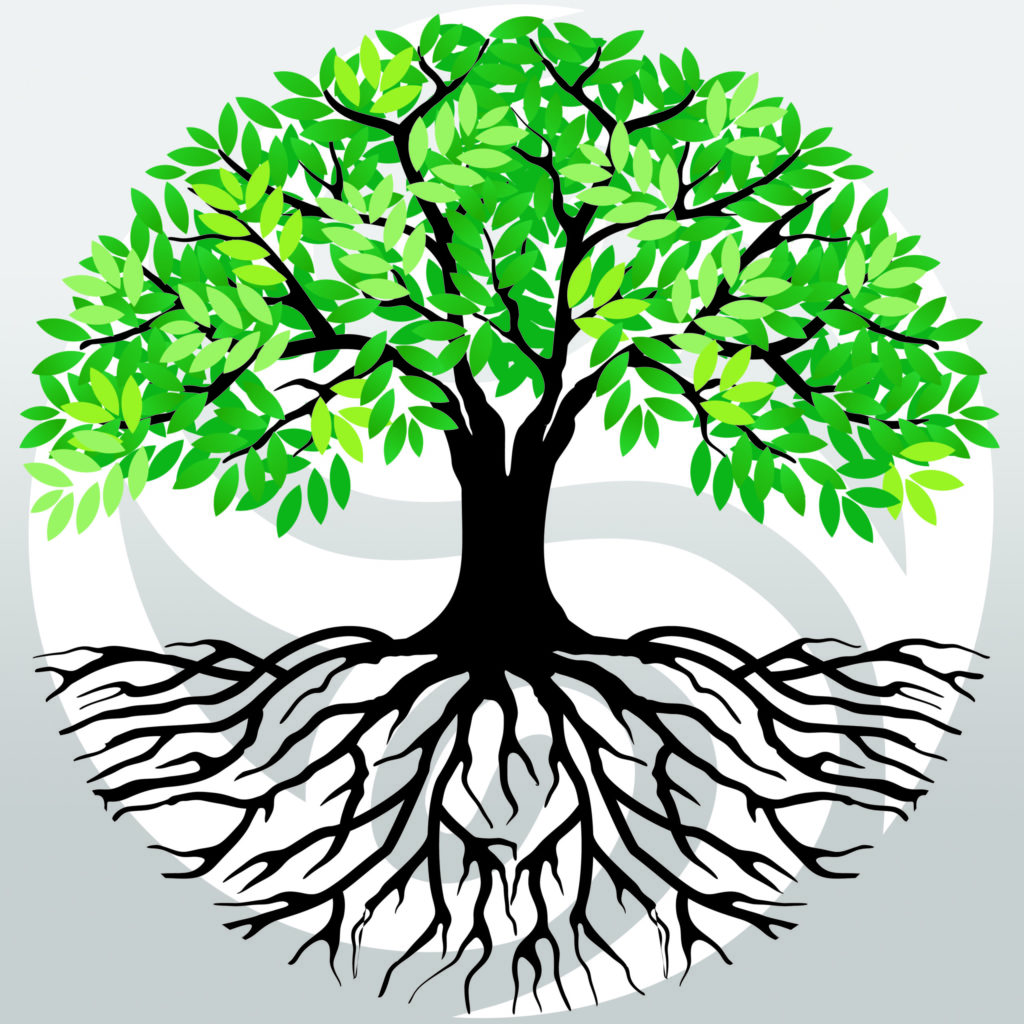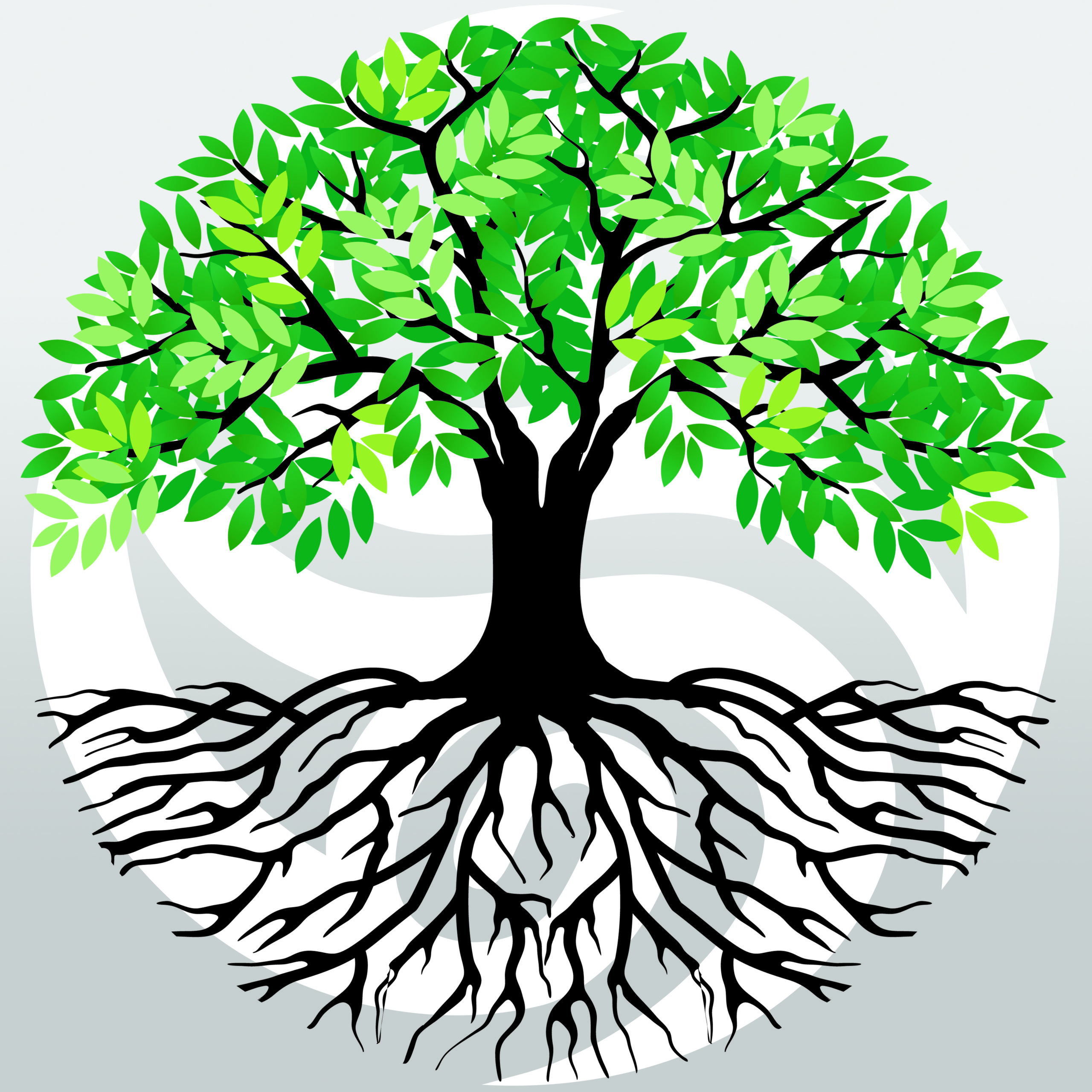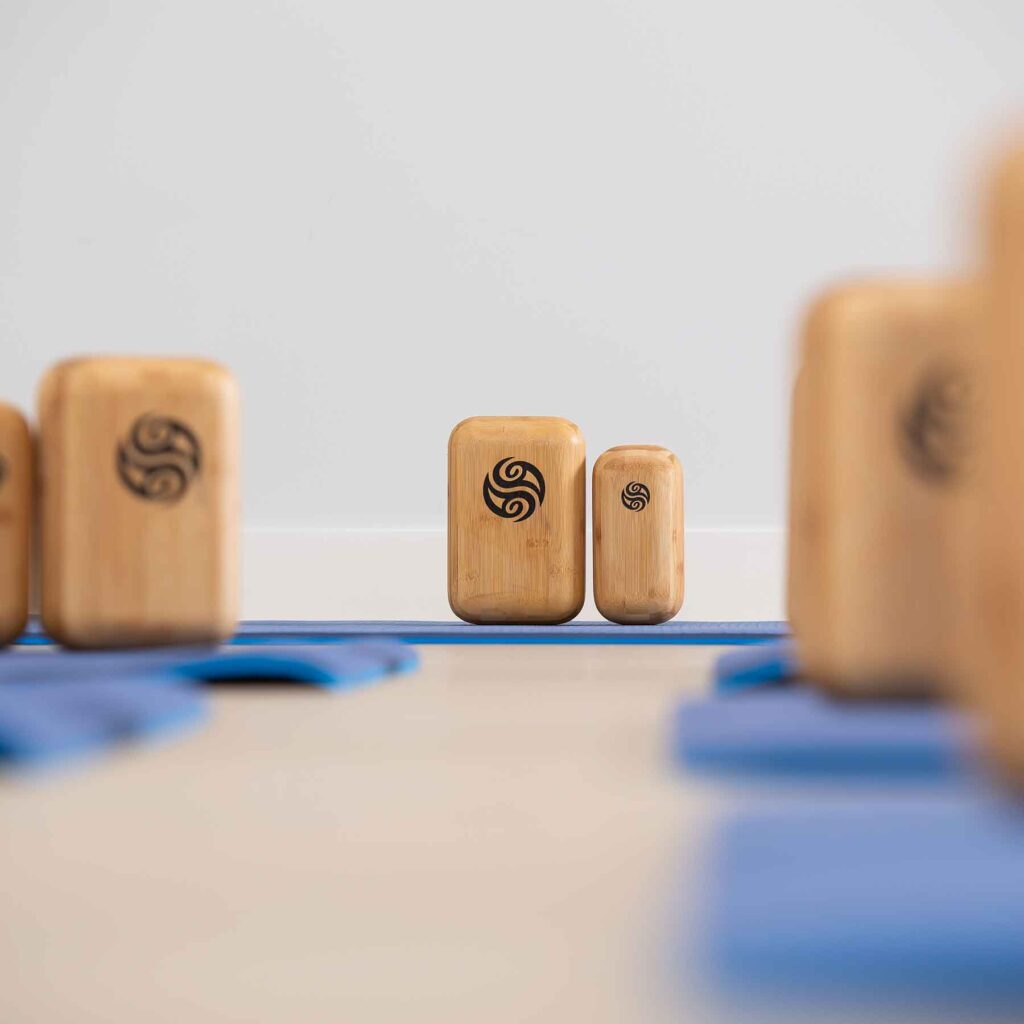Postural Foundation #2 – ROOTING

People’s standing and sitting posture is a major factor in chronic joint pain and issues with aging. If we don’t maintain proper foundations, tissue collapses to create false walls and floors. As I have mentioned, these block blood and oxygen flow and are the root of pain, aging and disease.
Observe the average person standing: the feet are splayed out past the hip joints. In proper alignment, the feet would be almost together and both pointing forward. One thing I have noticed is that people tend to hyper-extend their knee joints when standing -- their knees bend in the wrong direction. For a life without arthritis, chronic back pain, sexual dysfunction and constipation . . . we need to keep our cells in correct alignment, through proper posture and breathing.
In this YouTube video, Deanna demonstrates how poor postural habits form and how to fix them
I was working with a client of mine, a 220 lb quadriplegic. It is amazing how heavy the human body is when it can’t lift itself. Determined to prove my theory, I drove myself hard. I learned a lot from that experience, including my own limits.
It happened in a flash. I had discovered a particularly effective way to access his shoulder joints so as to melt and strengthen them. I had him on my massage table and was straddling him. I was positioned on his thighs and had his wrists in my hands. I would lean back to lift his torso off the table, and hang onto him for 15 minutes at a time. I was able to attain a position with my body that could support his weight, allowing him to hang. I really began to understand where my strength came from. It was not my arms and hands that had the power to sustain that exercise for such a long period of time; it was my core and my breath.
This was a great day because both the phrase “Fluid Isometrics” sprang into my consciousness as did the significance of rooting.
About ten minutes into the exercise my body started to give. I was making incredible headway with melting the shoulder joints and sending blood and oxygen to the tissue, and didn’t want to stop. For some reason, I instinctively contracted my anus. Immediately I felt a surge of power that enabled me to maintain that position for another five minutes. This was something I had never experienced before.

Rooting is the basis of our lower body alignment, our second postural foundation. It is the term which describes the squeezing of the anus muscle.
Thus began a new postural habit. I have always been my own test subject. Something makes sense, and I become obsessive about integrating it. Fortunately I had help in this case from my yoga instructor in determining what else was necessary to provide proper pelvic alignment.
When I was teaching patients to root, I would have them squeeze a book between the thighs, slightly bend the knees, align the feet and contract the anus. I learned over the years that squeezing the thighs is essential; if this action is lacking or weak, tucking the pelvis would be like a like a dog tucking its tail under -- not the goal. Proper rooting lifts the body back and up, moving 60% of your weight to your heels. Humans were not meant to stand with 80% of their weight on their toes, with their knees hyper extended.
It was my yoga teacher who pointed this out in my own posture. Since then I have made a point of emphasizing that action as crucial. There must be a balancing of actions if we are to align properly.
Consciously bring this understanding into your body whenever you can. Align your stance in the grocery store line, or on the phone. Whenever you are standing, keep your postural awareness in the forefront, and you will elicit positive changes in the body.
The YouTube video below explains rooting and its importance to your postural alignment. Be sure to subscribe to our YouTube channel while you are there. Turn on your notification bell so you don’t miss any of the great videos we have planned for you! We greatly appreciate your support.
Breathe and Believe.
Next Week: Block Therapy, Meditation and the Chakras






Responses